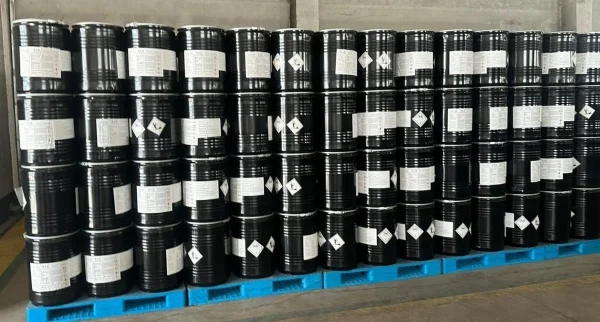
Sodium cyanide (NaCN), as a highly toxic chemical substance, plays an irreplaceable role in the industrial field, such as gold mining, electroplating, and pharmaceutical synthesis. However, its potential toxicity risks pose a serious threat to human health and the ecological environment. This article will systematically analyze the toxicity mechanism, hazard manifestations, and prevention measures of Sodium Cyanide, providing a scientific basis for safety management.
I. Toxicity Mechanism and Health Hazards
1. Acute Toxicity
The toxicity of sodium cyanide mainly stems from the cyanide ion (CN⁻) dissociated from it. CN⁻ can cause poisoning through the following ways:
Inhibiting Cellular Respiration: It binds to cytochrome oxidase in mitochondria, blocking the electron transport chain and preventing tissues from using oxygen ("intracellular asphyxia").
Rapid Action: The lethal oral dose is approximately 1-2 mg/kg (calculated as CN⁻), and inhalation or skin contact with a high-concentration solution can also be fatal.
Typical Symptoms:
Mild Poisoning: Headache, nausea, dyspnea, confusion;
Severe Poisoning: Convulsions, coma, cardiac arrest, and death usually occurs within a few minutes.
2. Chronic Toxicity
Long-term exposure to low doses may lead to:
Neurological Damage: Memory loss, peripheral neuritis;
Thyroid Dysfunction: CN⁻ interferes with iodine metabolism, leading to goiter or hypothyroidism;
Reproductive Toxicity: Animal experiments show that it may affect the development of the reproductive system.
II. Environmental Hazards and Ecological Risks
1. Toxicity to Aquatic Organisms
Sodium cyanide is extremely sensitive to aquatic organisms. For example:
Fish: The median lethal concentration (LC₅₀) is as low as 0.05-0.5 mg/L (calculated as CN⁻);
Plankton: 0.01 mg/L can inhibit photosynthesis.
Historically, the Baia Mare gold mine leakage accident in Romania in 1995 caused a large number of fish deaths in the Danube River basin, and it took several years for the ecological restoration.
2. Soil and Groundwater Pollution
Mobility: It is relatively stable in alkaline soil, but it is likely to generate highly toxic HCN gas under acidic conditions;
Biodegradation: Some microorganisms can convert CN⁻ into formamide (NH₂CHO) through cyanide hydrolase, but the degradation rate is limited by environmental conditions.
III. Hazard Prevention Measures
1. Engineering Controls
Closed System: Adopt fully enclosed production equipment to reduce the risk of cyanide exposure;
Ventilation Design: Equip with an efficient ventilation system to ensure that the cyanide concentration in the workplace is lower than the occupational exposure limit (such as 5 mg/m³ specified by OSHA);
Automation Technology: Use robots or remote control to reduce manual operation.
2. Personal Protective Equipment (PPE)
Respiratory Protection: Use a respirator with a gas filter canister (such as type A gas filter canister), and wear a self-contained breathing apparatus (SCBA) in case of emergency;
Skin Protection: Wear chemical protective clothing and gloves (the material should be resistant to cyanide penetration, such as nitrile rubber);
Eye Protection: Wear chemical safety goggles or a face shield.
3. Management Measures
Training and Certification: Regularly conduct training on the safe operation of cyanide for employees, and they can only be on duty after passing the assessment;
License System: Strictly control the purchase, storage, and transportation of cyanide, and implement the "double-person and double-lock" management;
Monitoring and Emergency Response: Install an online cyanide sensor, regularly detect the concentration in the air and water bodies, and formulate a leakage emergency response plan.
4. Emergency Treatment
Leakage Disposal:
1.Immediately isolate the contaminated area and cut off the ignition source (HCN is flammable);
2.Neutralize with an excessive amount of sodium hypochlorite or sodium thiosulfate solution:
CN⁻ + ClO⁻ → CNO⁻ + Cl⁻ (further oxidized to CO₂ and N₂);
3.Adsorb the residual liquid (such as with activated carbon) to prevent the spread of pollution.
First Aid for Poisoning:
1.Quickly get away from the site and keep the respiratory tract unobstructed;
2.Immediately use an antidote (such as inhaling amyl nitrite + intravenous injection of sodium thiosulfate);
3.Perform cardiopulmonary resuscitation (CPR) until professional rescue arrives.
IV. Technological Innovation and Future Trends
1. Substitution of Cyanide-free Processes
Gold Extraction: Thiourea leaching method, biological leaching method (using microorganisms to decompose ores);
Electroplating Industry: Adopt cyanide-free electrolytes such as zincate and citrate.
2. Digital Monitoring System
Monitor the cyanide concentration in real time through the Internet of Things (IoT) and artificial intelligence (AI), and improve the leakage early warning ability by combining with drone inspections.
3. Improvement of Regulations and Standards
International Norms: Comply with the International Cyanide Management Code (ICMI) to strengthen environmental compliance;
Chinese Standards: GB 31574-2015 "Emission Standards of Pollutants for Inorganic Chemical Industry" strictly limits the emission of cyanide.
V. Conclusion
The toxicity risks of Sodium cyanide cannot be ignored, but through scientific management, technological innovation, and strict supervision, its hazards can be effectively controlled. In the future, with the popularization of green processes and the development of intelligent monitoring technologies, the safe use of cyanide will reach a higher level. Enterprises need to adhere to the principle of "prevention first, risk controllable", and effectively fulfill their social responsibilities while pursuing economic benefits to ensure human health and ecological safety.
- Random Content
- Hot content
- Hot review content
- Lead nitrate 99%
- Industrial grade sodium hexametaphosphate 68% SHMP
- Sodium bisulfite 99% High Quality Factory Supply
- Potassium borohydride
- Pharmaceutical Grade Zinc Acetate
- butyl vinyl ether
- 97% 2-Hydroxypropyl methacrylate
- 1Discounted Sodium Cyanide (CAS: 143-33-9) for Mining - High Quality & Competitive Pricing
- 2China's New Regulations on Sodium Cyanide Exports and Guidance for International Buyers
- 3Sodium Cyanide 98% CAS 143-33-9 gold dressing agent Essential for Mining and Chemical Industries
- 4International Cyanide(Sodium cyanide) Management Code - Gold Mine Acceptance Standards
- 5China factory Sulfuric Acid 98%
- 6Anhydrous Oxalic acid 99.6% Industrial Grade
- 7Oxalic acid for mining 99.6%
- 1Sodium Cyanide 98% CAS 143-33-9 gold dressing agent Essential for Mining and Chemical Industries
- 2High Quality 99% Purity of Cyanuric chloride ISO 9001:2005 REACH Verified Producer
- 3Zinc chloride ZnCl2 for High Molecular Weight Polymers Initiator
- 4High Purity · Stable Performance · Higher Recovery — sodium cyanide for modern gold leaching
- 5High Quality Sodium Ferrocyanide / Sodium Hexacyanoferr
- 6Gold Ore Dressing Agent Safe Gold Extracting Agent Replace Sodium Cyanide
- 7Sodium Cyanide 98%+ CAS 143-33-9

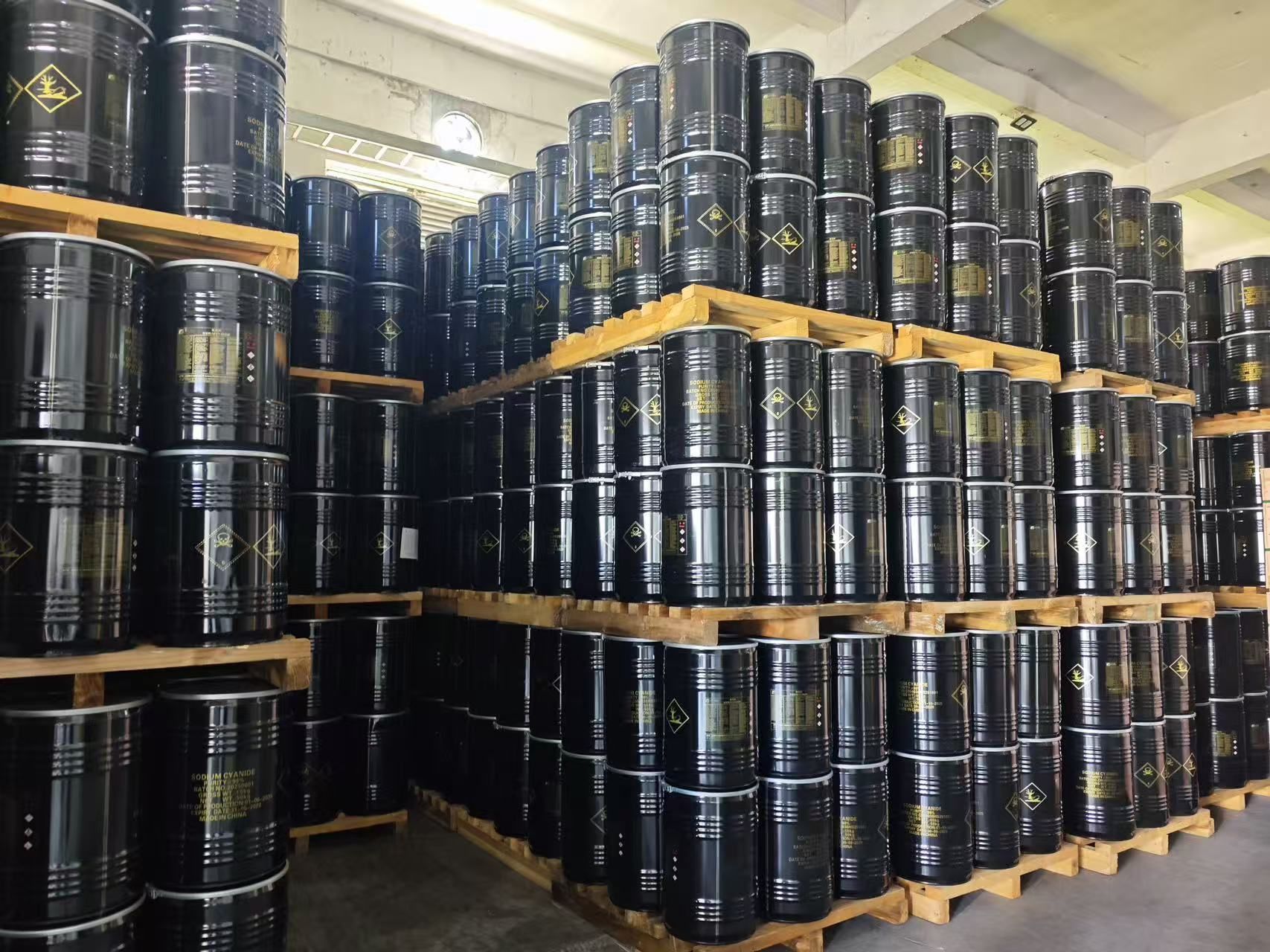
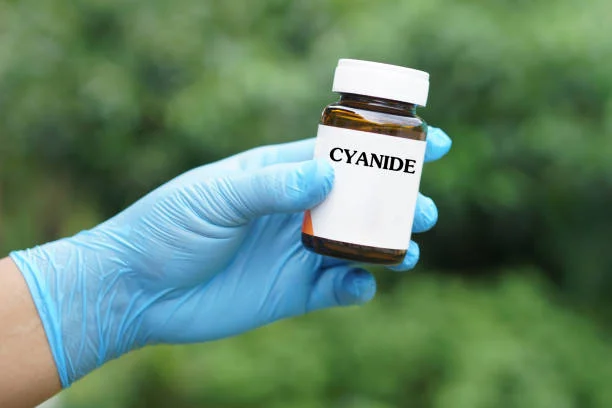
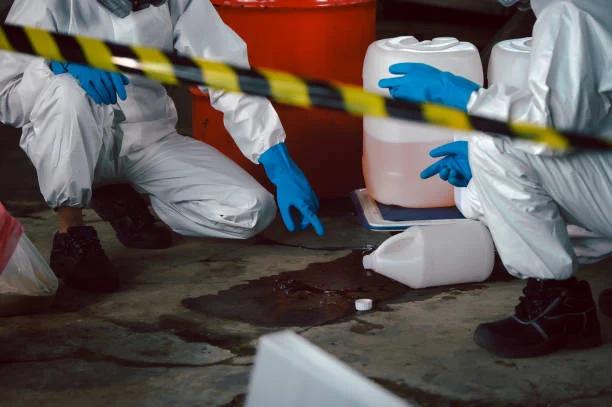
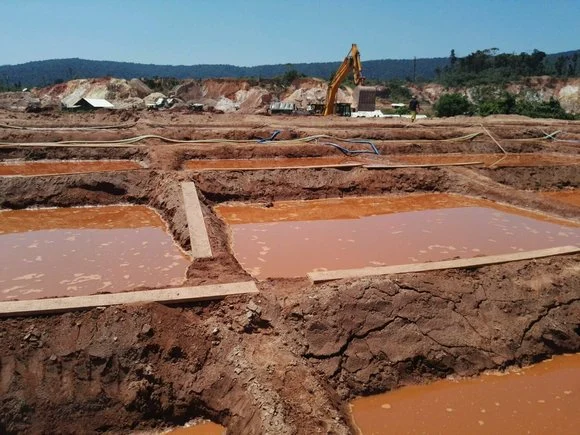
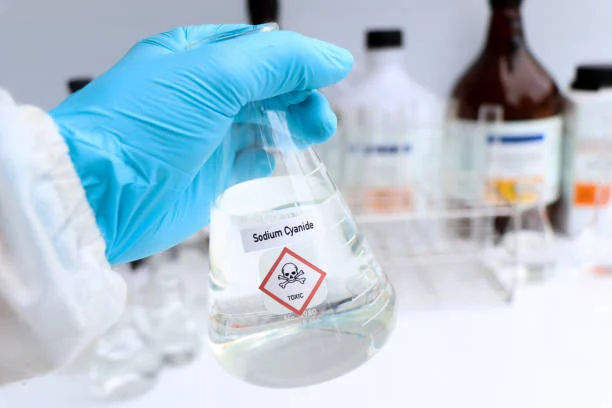
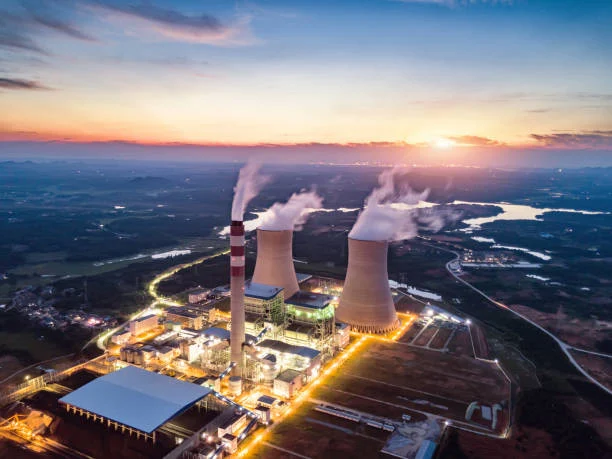

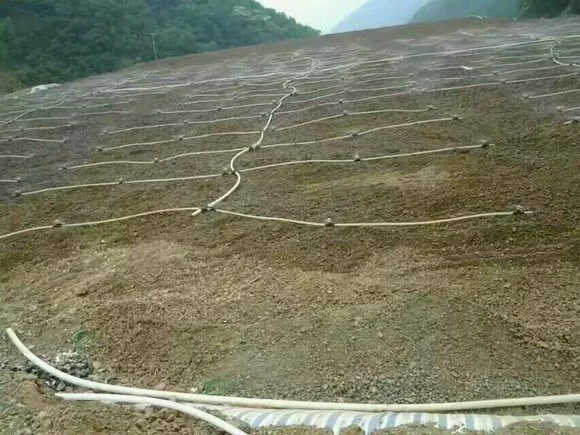


Online message consultation
Add comment: